On Tuesday, the Utah Department of Transportation (UDOT) told the Salt Lake County Council that it is considering charging $25 to $30 per vehicle that uses Little Cottonwood Canyon. Two weeks ago, transportation experts from UDOT and other state transportation agencies said they were exploring tolling as a possible means for mitigating the existing traffic congestion and the anticipated hike in traffic volumes in both Cottonwood Canyons in the coming years.
https://twitter.com/BenWinslow/status/1574119546738417665
The toll would be a short-term solution until the proposed Little Cottonwood Canyon gondola is in place. On August 31st, UDOT declared the gondola as its official selection to ease the canyon’s wintertime traffic issues that often leave vehicles gridlocked for hours.
According to spokesman Josh Van Jura, the toll would not be charged daily, just on the busiest days and within certain times. He said the toll would only be for drivers who want to go to Snowbird and beyond. There would be no toll for vehicles not going as far as Snowbird.
“This is only 50 days a year; this is 7:30 in the morning to 10:30 in the morning. So again, very targeted and only for those people that are going to Snowbird entry one or above.”
– Josh Van Jura
A study will investigate various mobility management scenarios to consider all modes of transportation and equitable access through the Cottonwood canyons, according to the CWC’s blog. In addition, it will forecast projected toll revenues and traffic patterns. A “Willingness to Pay” survey will be administered to solicit public opinion. Finally, an implementation feasibility analysis will be developed to help determine the next course of action.
There are several tolling methods that the Tolling Study will vet to determine the best possible alternatives for Big and Little Cottonwood. The Final Action Plan will consist of the best solution for the roadways after comprehensive scenario development, which will include: managed lanes, travel demand, transit service options, and fixed, hybrid, or variable pricing models, etc.
Overview of Tolling Types and Technologies to be Investigated, courtesy of Central Wasatch Commission
-
Electronic or Open Road Tolling (ORT): This type of tolling utilizes sensors or cameras to detect vehicle movement while administering the required toll, which allows cars to drive through the entrance of the toll roads without stopping. This method can be advantageous because it greatly reduces the traffic congestion that is commonly found on high volume roadways that require stopping prior to entering the toll zone.
-
E-ZPass: E-ZPasses are used for ORT systems, and are commonly used on low-speed roadways. Currently, 17 states in the U.S. utilize E-ZPass tolling systems. E-ZPass holders receive active transponder tags that the vehicle owner can place inside their windshield. These transponders send a unique signal to a detection device located at the entrance of the tollway. Each E-Zpass is associated with a registered vehicle. If a vehicle that is not registered under the E-ZPass account enters the tollway with an E-ZPass, an incorrect toll fee will be sent to the passholder.
-
License Plate Recognition: Automated License Plate Recognition (ALPR) is allowed by law in Utah due to the Automated License Plate Reader System Act. There are only 15 other states in the US that allow ALPR. In Utah, license plate recognition data can only be accessed by government agencies for the following purposes, and usually accessible through either a court order or Government Records Access and Management Act (GRAMA) request.
– To enforce state and local traffic traffic laws.
– For criminal investigations to protect public safety.
– For use of traffic pattern analysis and roadway studies by a public transit district.
– To control access of a secured area.
– To collect electronic tolls.
- Occupancy Detection – Utah’s I-15 already possesses occupancy detection technology through its Express Lanes. Occupancy detection can be beneficial when issuing tollway charges. For instance, occupancy detection can determine to reduce or eliminate the toll price for vehicles with higher occupancy. This type of implementation has been found to increase roadway capacity by successfully incentivizing shared trips.
Further investigation of the feasibility of bus-rapid transit alignments, light-rail extensions, gondolas, and parking capacity will be conducted to address short- and long-term solutions to expected visitation increases along the Central Wasatch Mountains. The Central Wasatch Commission aims to work with its partners to integrate tolling solutions as a component to other transportation options needed to maintain ease of access throughout the Cottonwood Canyons. If you are interested in learning more about these efforts, you can read about the Cottonwood Canyon Transportation Action Plan in more depth here.
UDOT and the CWC have yet to discuss what pricing would look like for this proposed tolling system, but it appears as though its cost would be directly intertwined with those of riding the gondola or taking public transportation. Could this be the end of cost-free travel to the ski areas in Big and Little Cottonwood Canyons?
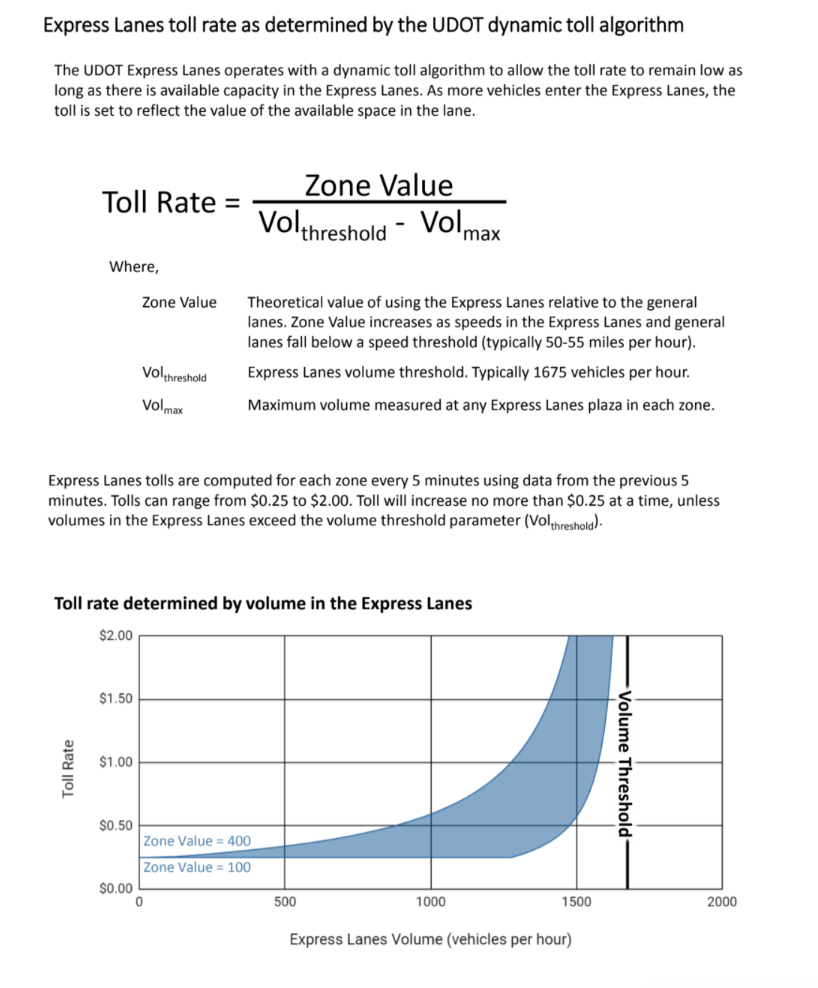

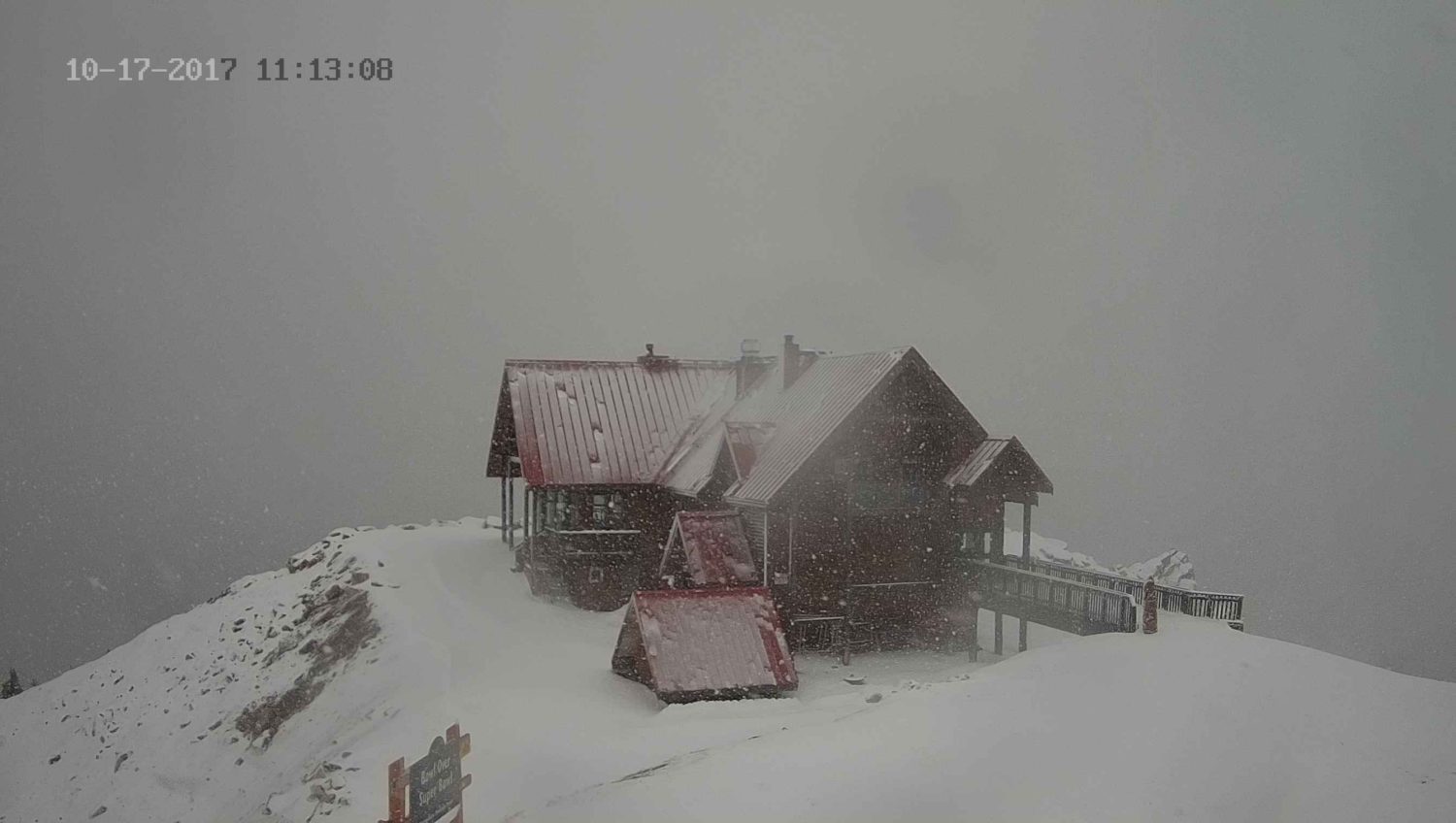
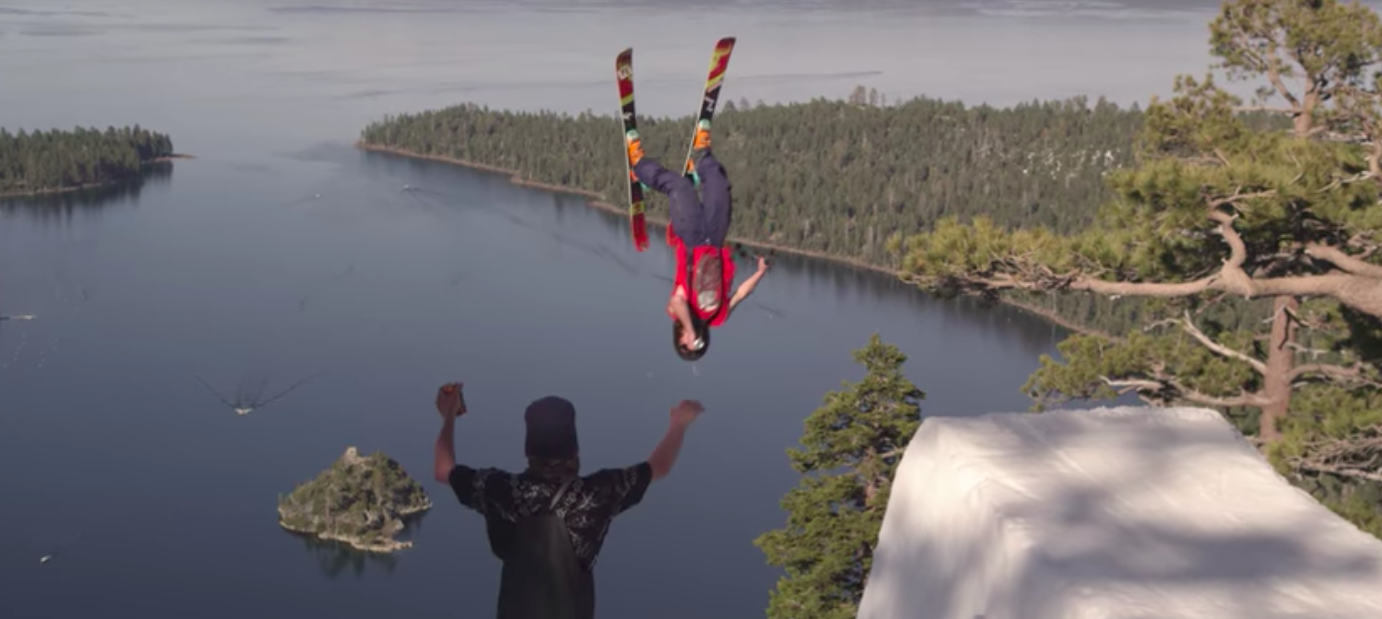
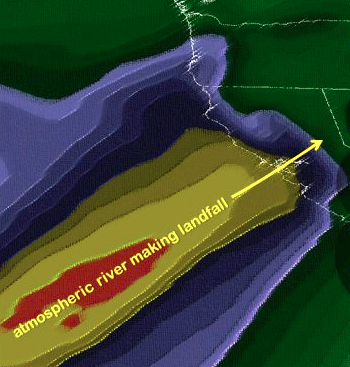
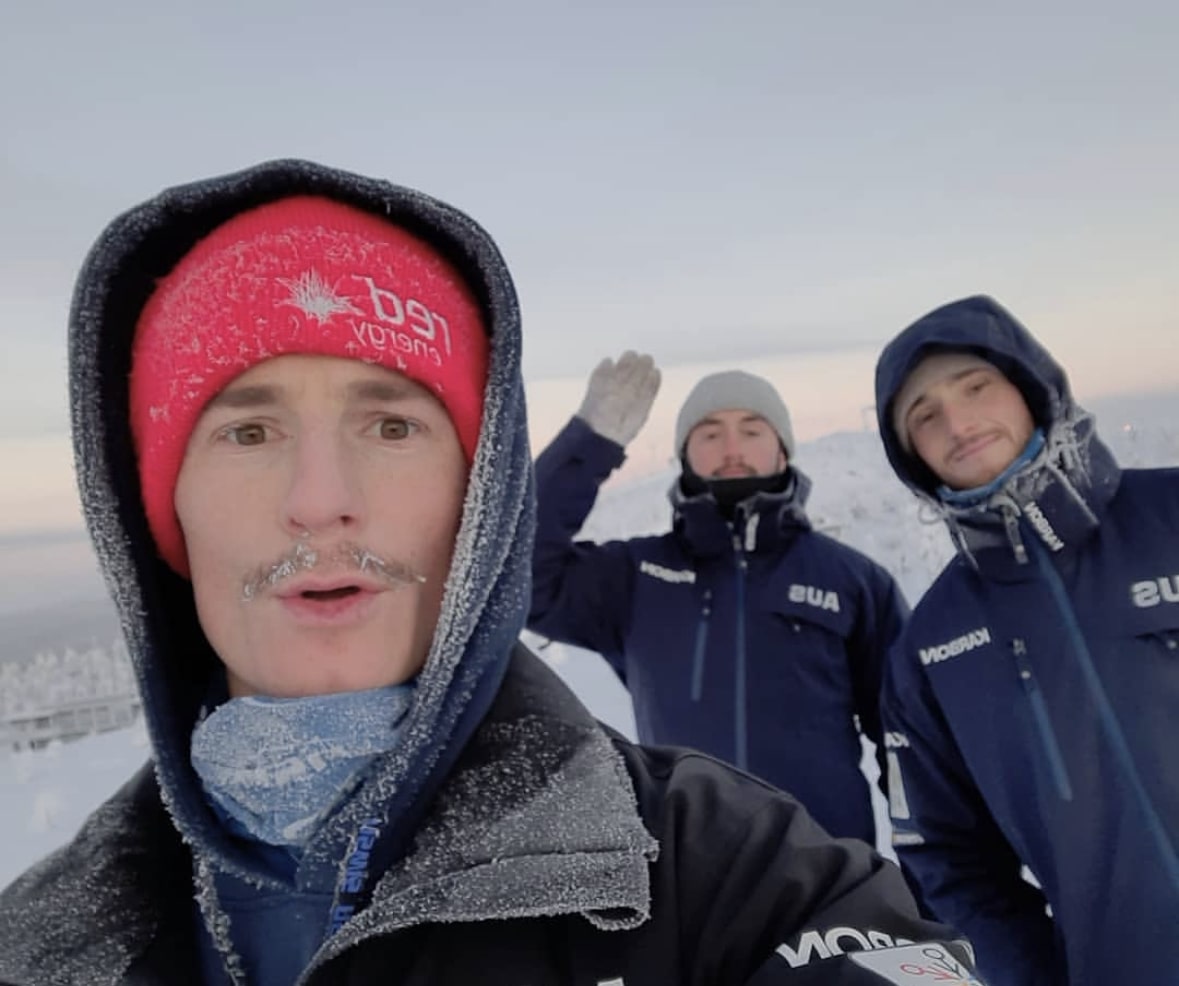
Help me understand this. My taxes paid for the road, all maintenance, and any snow removal. And now I’m expected to pay a toll to drive on it as well?
Why does the average citizen not clearly understand how corrupt governments are? This is truly asinine.
This is the most money grabbing scheme known to man
money grab. for a car of four folks that already are spending $150 to be on the hill with their thousands of dollars of gear, an additional $7.50 per person is a rounding error. they know this. if they wanted to limit traffic, they would make it $200 per car.